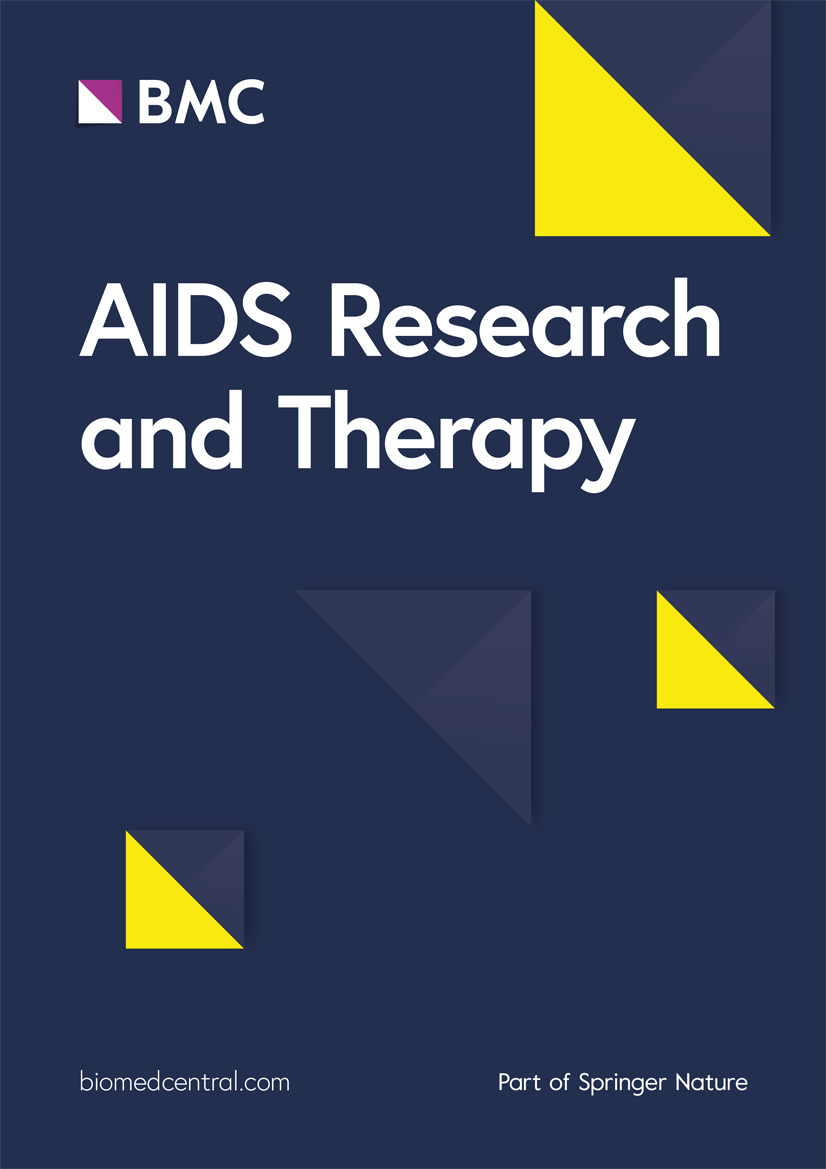Background characteristics of infants’ mothers
The mean age of participants was 31 years (SD = 6.5). About half of participants, 82 (55.9%) were married, 69 (46.1%) had primary education, and 56 (38.1%) were farmers. Majority, 141 (95.9%) had disclosed their HIV status to their relatives, while only 61 (45.2%) had significant others support on EID uptake, and 97 (66.0%) were satisfied with turnaround time.
The slight majority, 99 (67.3%) had adequate knowledge on EID, and 86 (58.5%) had positive attitude towards EID (Table 1). Moreover, results showed that the almost all healthcare facilities assessed have trained personnel on EID services (100%), valid DBS kits (100%), while only 43.5% have guidelines for PMTCT.
Uptake of early infant HIV diagnosis
About 111/147 infants have tested for HIV within six weeks of age, equivalent to 76%. The chi-square test results showed that the uptake of EID is significantly related with marital status, education level, area of residence, number of children since HIV diagnosis and knowledge on EID (p < 0.05). Other predisposing and enabling factors did not show any relationship with the uptake of EID (Table 1).
Factors associated with the uptake of early infant HIV diagnosis
The sole effect of each variable on the uptake of EID was determined using a multivariate logistic regression model by controlling all other variables that were significant in the bivariate model (Table 2). Results showed that, mothers who were married were four times more likely to take the EID services compared to unmarried ones (AOR = 4.26, 95% CI 1.2–14.0; p = 0.01). Mothers with income between 100,000 and 300,000 Tsh were three times more likely to take the EID services (AOR = 3.64, 95% CI 1.110–11.998; p = 0.03) compared to mothers with income less than 100,000 Tsh. Moreover, the odds of taking the EID is 1.6 times higher among mothers with adequate knowledge (AOR = 1.62, 95% CI 1.08–16.18; p = 0.03) compared to those with inadequate knowledge (Table 2).






Add Comment